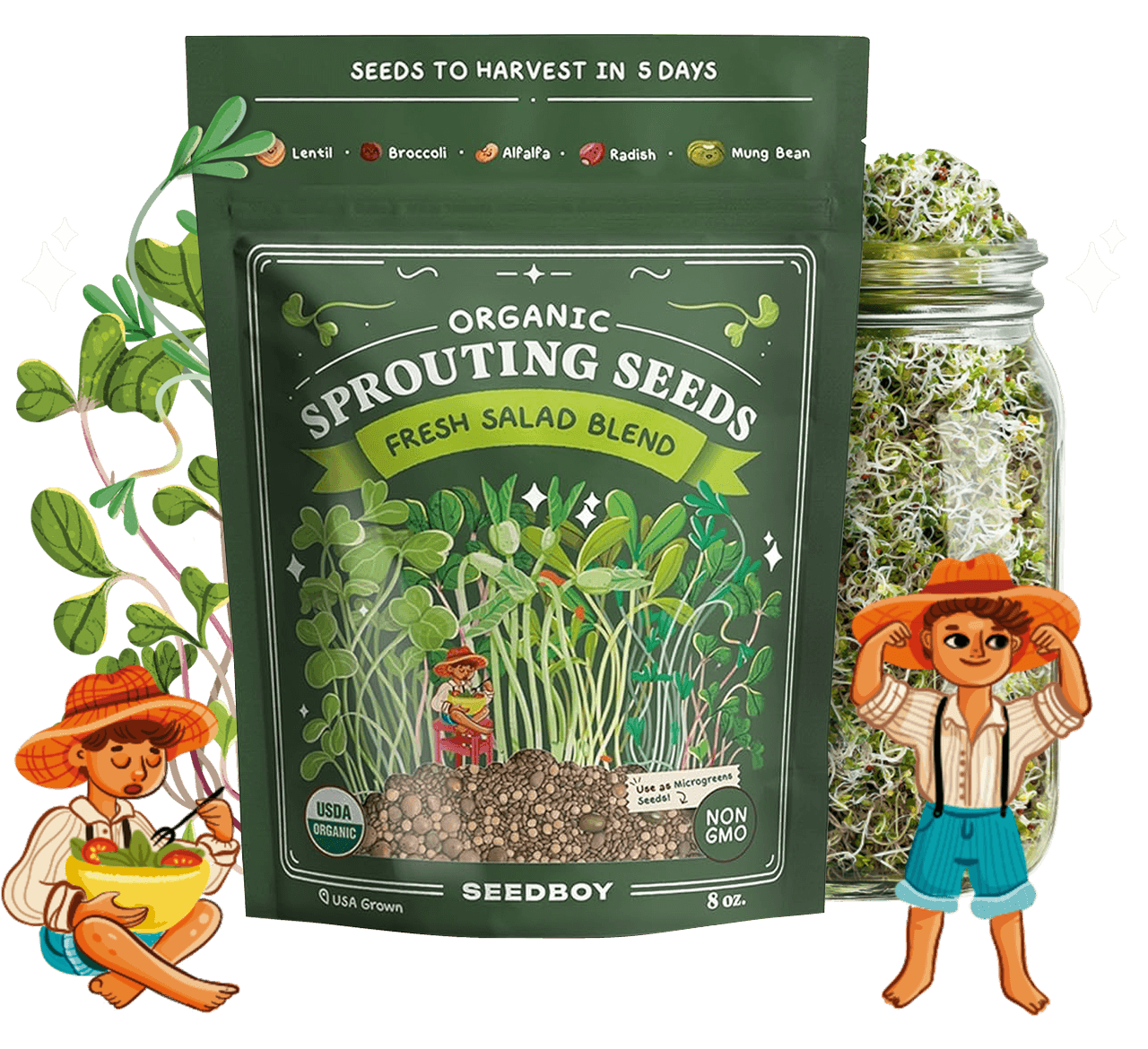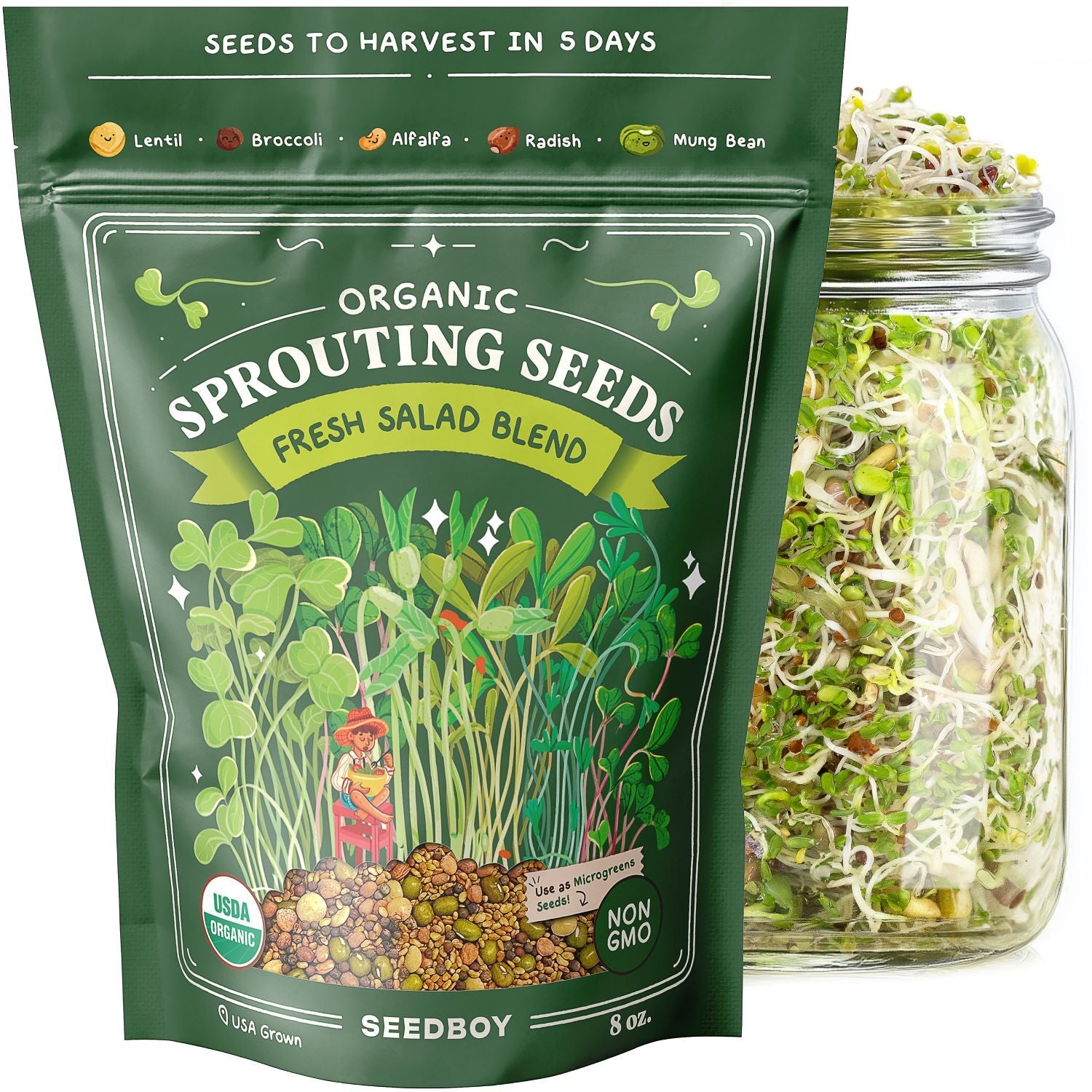
GROW GUIDE
Rainbow Carrot
Daucus carota
Plant Description
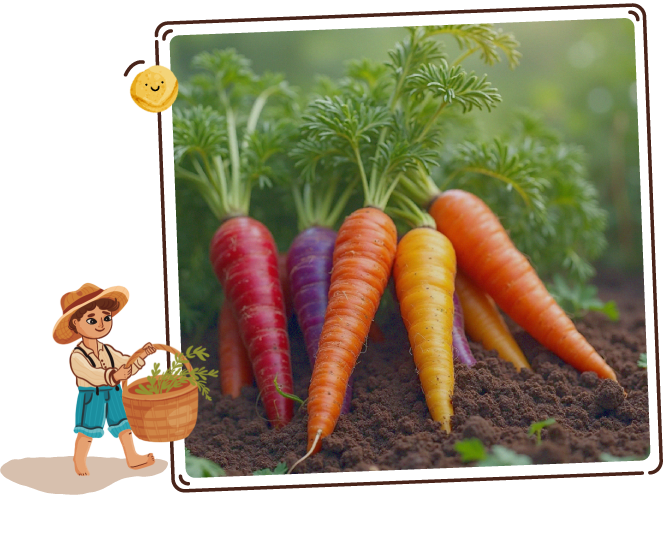
Rainbow Carrot
A vibrant root vegetable recognized for its striking hues, ranging from deep purple and fiery orange to golden yellow and soft white.
This garden favorite, cultivated for centuries, is cherished for its crisp texture and subtly sweet, earthy flavor that enhances both raw and cooked dishes.
Quick Facts:
-

Sun Requirements
Full Sun
-

Days To Sprout
10-21 Days
-

Days To Harvest
60-80 Days
-
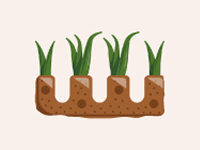
Plant Spacing
2-4"
-
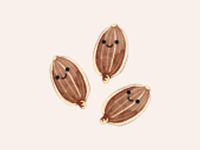
Seeds Per Hole
3
-

Planting Depth
1/4"
Best Planting Locations
-

Raised Beds
Deep, rich soil ensures the full color range of rainbow carrots and promotes healthy root growth.
-

Garden Rows
Wide rows with good spacing encourage the vibrant diversity of carrot colors.
-

Indoor Gardens
With proper lighting and pots, rainbow carrots can thrive indoors, offering a colorful harvest year-round.
-

Containers
Perfect for urban gardeners, allowing for controlled conditions and easy harvesting.
Getting Started

-
1
Find the Spot
Rainbow carrots need full sun, with at least 6 hours of direct sunlight daily for vibrant color. If indoors, a south-facing window provides ideal lighting for growth.
-
2
Prep the Soil & Fertilizer
Rainbow carrots thrive in loose, well-draining soil enriched with organic matter. Add compost or aged manure to improve soil texture and nutrients. Use a balanced, slow-release fertilizer to support root growth and enhance the range of colors.
-
3
Plant the Seeds
Plant 3 carrot seeds 1/4 inch deep in well-prepared soil. Cover lightly with soil as they require light to germinate. Keep the soil consistently moist, but not soggy, during germination.
Place the seeds in a sunny spot with a soil temperature between 55° to 75°F. Thin seedlings to about 2-4 inches apart.
Good Neighbors:
-

Beans:
Beans fix nitrogen in the soil, benefitting carrots
-

Chives:
Chives improve the growth and flavor of carrots and deter aphids, mites, and flies
-
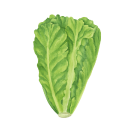
Lettuce:
Lettuce has shallow roots that don't complete with carrots
-

Radish:
Help break up soil for carrot root development
-
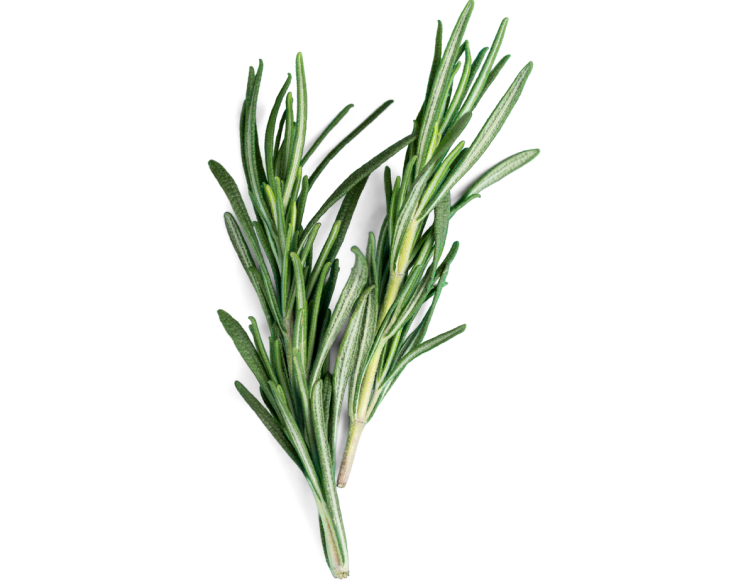
Rosemary:
Rosemary repels the carrot fly
Enemy Plants:
-
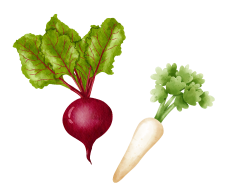
Parsnip & Beets:
Compete for space and nutrients in the soil
-
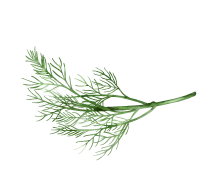
Dill:
Dill can reduce the yield of carrots & may cross pollinate
Attractants:
-

Assassin Bug & Lacewing:
Carrots are a food source for insects they eat
-

Parasitic Wasp:
Attracted to carrot plants that provide nectar and pollen
Repellents:
-

Leek Moth
Repelled by the scent of carrots
-

Onion Fly
The scent of carrots is unpleasant or confusing to onion flies
Best Time to Plant
USDA Hardiness Zones

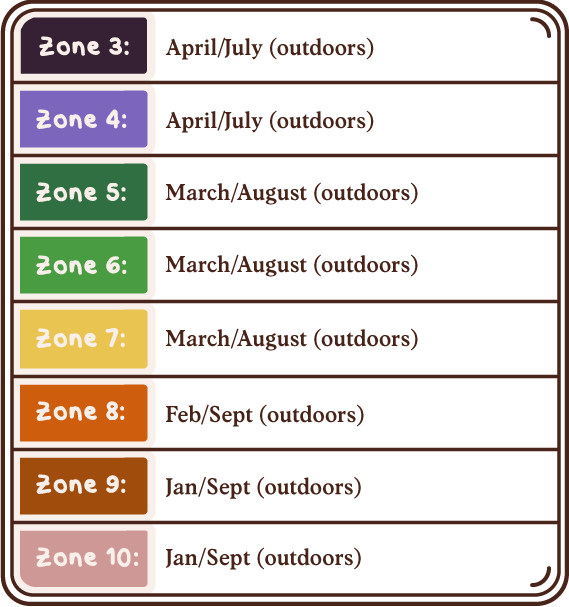
Day to Day Maintenance
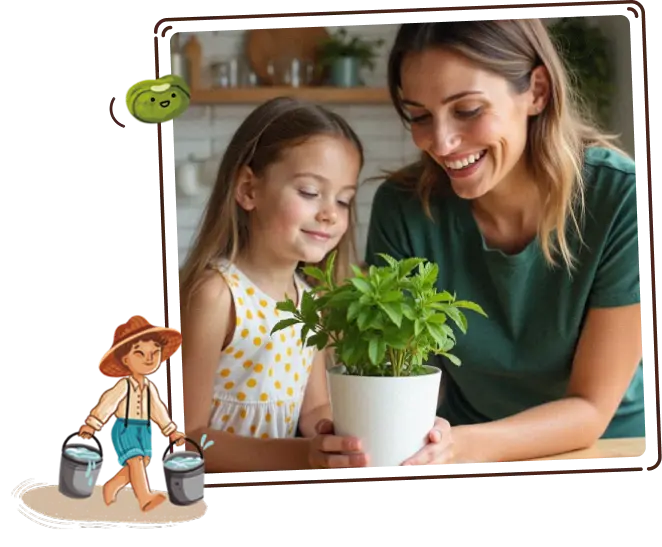
-
Watering
Water consistently to keep the soil moist, but not soggy. Carrots prefer evenly moist soil, especially during germination and early growth. Avoid overwatering, as this can lead to root rot.
-
Thinning
Thin seedlings when they reach a few inches tall to allow space for healthy root development. Space them 2-4 inches apart to ensure the roots grow properly without overcrowding.
The Harvest

-
Gathering
Harvest rainbow carrots when their roots are fully developed, usually when their shoulders are 1/2 to 1 inch in diameter and 6-8 inches in length. Loosen the soil and gently pull out the carrots, being careful not to damage the roots.
-
For the best flavor and color, harvest early in the morning when temperatures are cooler. Don't leave them in the soil too long, as they may become tough or lose their vibrant colors.
Favorite Uses
-
Snacking
-
Soup
-

Cake
-

Juices
-
Stew


How to Store
-
Room Temperature
Duration: Up to one week
Location: Store in a cool, dry place away from direct sunlight
Method: For short-term storage, keep unwashed carrots in a bowl or basket at room temperature. The carrots will stay fresh for a few days but should be used soon.
-

Refrigeration
Duration: 1-2 weeks
Location: Store in the crisper drawer of the refrigerator
Method: Remove any leafy tops to prevent moisture loss and place the carrots in a perforated plastic bag or wrap them in a damp paper towel. This helps retain moisture and keep the carrots crisp.
-

Freezing
Duration: Up to 6 months
Location: Store in the freezer
Method: Peel and cut the carrots into slices or cubes. Blanch them in boiling water for 2-3 minutes, then quickly cool them in ice water. After draining, spread the pieces on a baking sheet to freeze individually before transferring to a freezer-safe bag or container.
-

Sand Storage
Duration: Several months
Location: Cool, dark, and well-ventilated area
Method: Use clean, moist sand in a container or wooden box. Layer the carrots individually, completely covered in sand to prevent exposure to light and moisture loss. This method mimics natural root cellar conditions and keeps the carrots fresh for an extended period. Check occasionally to ensure the sand remains moist but not wet.
Fun Facts

-
Pigments At Play
The vibrant colors of rainbow carrots come from different pigments like anthocyanins (purple), carotenoids (orange, yellow, red), and other compounds, each adding to the carrot's unique flavor and nutritional profile.
-
Flavorful Diversity
Though all carrots share a sweet, earthy flavor, each color offers its own subtle twist. Some may have a mild earthiness, while others can be sweeter or even have a slightly peppery note.
-
Nutrient-Rich Palette
Each color of rainbow carrots is a nutritional powerhouse. Purple carrots are high in anthocyanins, red carrots are packed with lycopene for heart health, and yellow carrots are rich in lutein and zeaxanthin for eye health.
-
A Well-Rounded Veggie
While white carrots may not be as colorful, they still contribute plenty of fiber and essential nutrients, proving that even the most subtle hues have their own health benefits.
Subscribe to our Newsletter: "The Small Garden Chronicles"
Where curious growers gather for garden inspiration.
